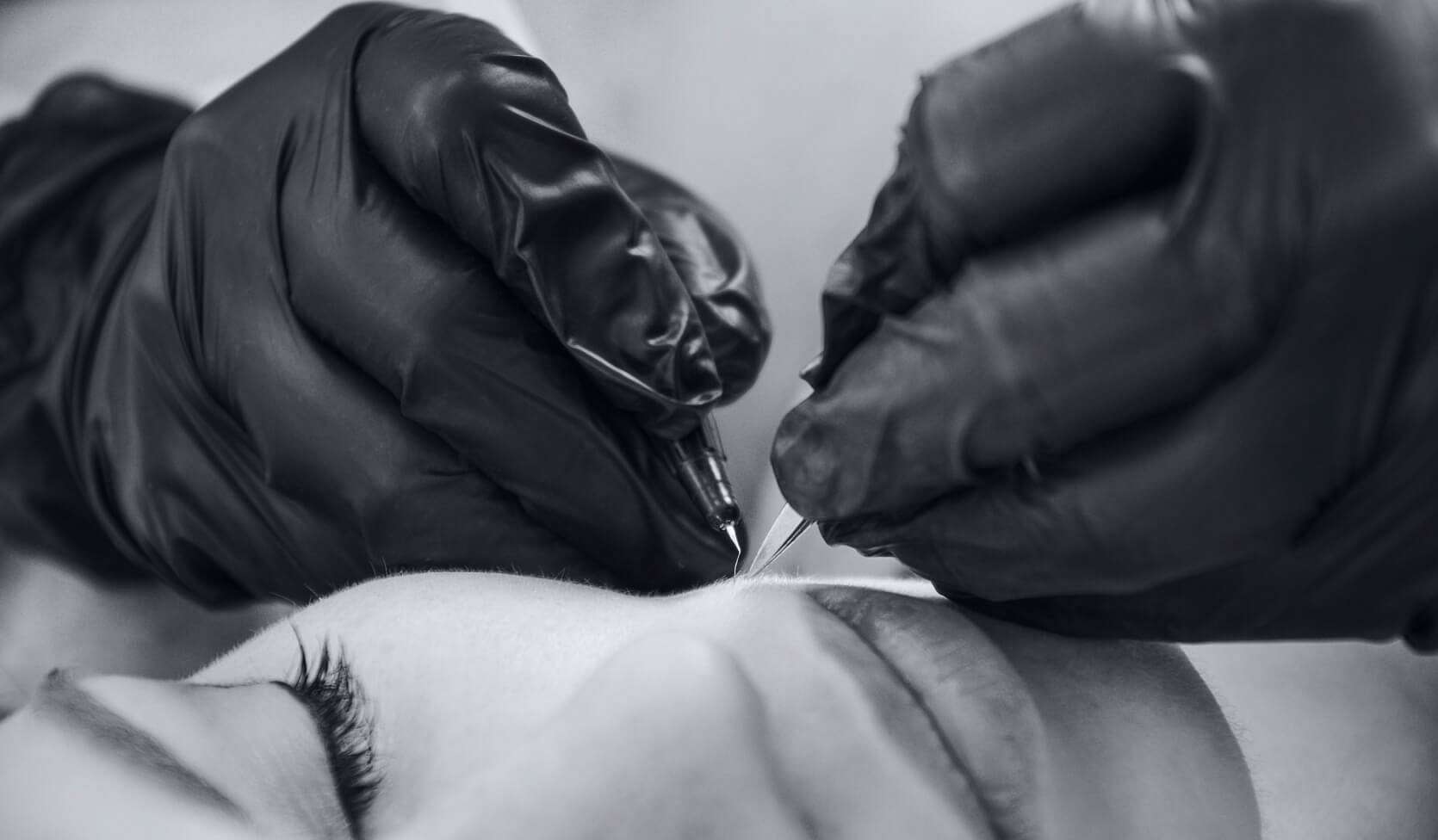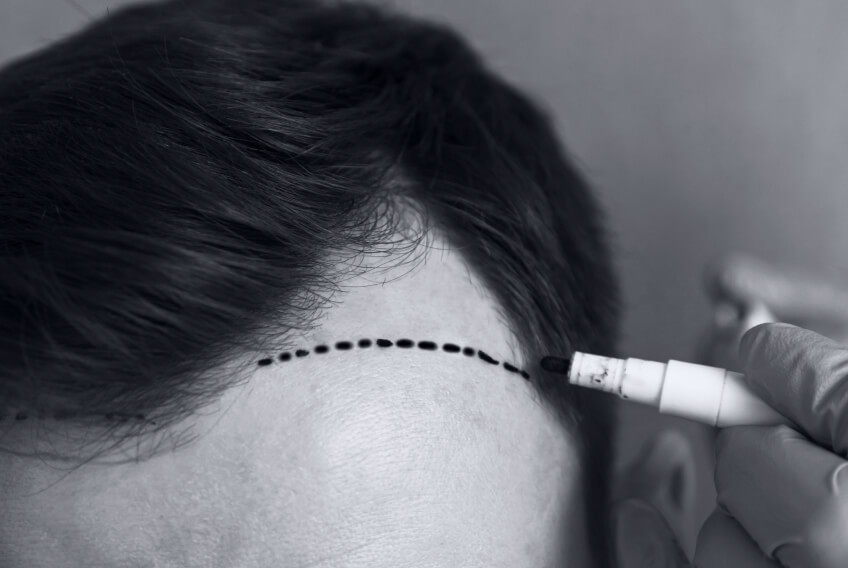
Permanent
hair removal


Procedure
Table of contents:
Introduction
Electrolysis hair removal is a method of permanent hair removal that uses electric current to destroy hair roots. There are several methods used in electrolysis hair removal, including the blend method and the thermolysis method.

Blend method
The blend method is a combination of thermolysis and electrolysis. This uses a blend device that delivers an alternating current that is a combination of direct current and high-frequency alternating current. In this method, a thin needle is inserted into the hair follicle, after which a pulse of electricity is delivered. The combination of the direct current and the high-frequency alternating current destroys the hair root. This method may take slightly longer than the thermolysis method.
Thermolysis method
The thermolysis method is an electrolysis method that uses only high-frequency alternating current. In this method, a thin needle is also inserted into the hair follicle, after which a current is applied. The current used is converted into heat, destroying the hair root. This method is faster than the blend method.
At Face2Face Clinic, the thermolysis method is considered more effective than the blend method. This is because the thermolysis method is able to destroy the hair root quickly and effectively. Moreover, this method can be customized to the individual needs of the patient and using the right settings can help achieve the best results.

Contact form
Discover our
combined
treatments
Did you know you can combine your Facial Feminization Surgery with a breast augmentation? Contact us for more information!
Dr. O. Beckers performed my Facial Feminization Surgery (FFS), and I am very happy with the result. Besides the excellent workmanship, I also want to emphasize the accessibility of Dr. Beckers and his team.
Ursula WoutersFacial Feminization Surgery






